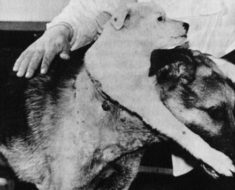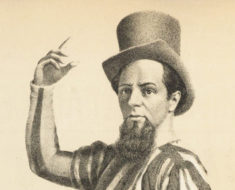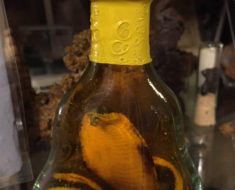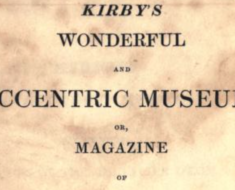The history of the post office is rarely of interest to anyone but the uniquely eager philatelist. However, its finer quirks may prove fascinating to both the intelligentsia and dullards alike. Missile mail, in particular, is worthy of occupying a small nugget of the brain.
It was a cold day in January of 1959 when United States Postmaster General, Arthur E. Summerfield, thought he had stumbled upon a stroke of genius. Not one to dilly dally with such a mental feat, he hastily made a bold and proud statement promising tax-paying citizens that before man reached the moon, “your mail will be delivered within hours from New York to California, to England, to India or to Australia by guided missiles.” He nearly made his prediction a reality. Just six months later, on June 8, he launched a Regulus I guided missile carrying 3,000 pieces of souvenir mail. High-ranking officials such as President Eisenhower and Supreme Court justices were among the lucky recipients.
“This peacetime employment of a guided missile for the important and practical purpose of carrying mail is the first known official use of missiles by any post office department of any nation,” Summerfield claimed.
Summerfield’s missile was fired from the U.S.S. Barbero submarine 100 miles off the Atlantic coast to a naval air station near Jacksonville, FL. Navy planes guided the missile by radio control to its parachute landing in just 22 minutes. The Postmaster said this novel way of sending birthday cards, pen pal letters, and unwanted junk mail was “of historic significance to the peoples of the entire world.”
Cost-efficiency doomed Summerfield’s plan. But expenses weren’t the only criticism of the high-flying Missile Mail. The day after the launch, the Los Angeles Times observed that the real need for speed was in handling mail before and after transport: “We hopefully look forward to the time when the lines in front of post office windows are jet propelled. Or when rocket belts are issued to those who manage to take a week to deliver a letter mailed within the same city.”
We continue to look forward to such a day.
© Marc Hartzman



![Pharmacie Rustique, by Nach Natur gezeichn et von G. Locher (1730 - 1795) (1774), graviert von Bartholomäus Hübner (1775) [Public domain], via Wikimedia Commons](https://www.weirdhistorian.com/wp-content/uploads/2017/04/Pharmacie_Rustique-By-Nach-Natur-gezeichn-et-von-G.-Locher-1730-1795-1774-graviert-von-Bartholomäus-Hübner-1775-Public-domain-via-Wikimedia-Commons-cropped-235x190.jpg)



